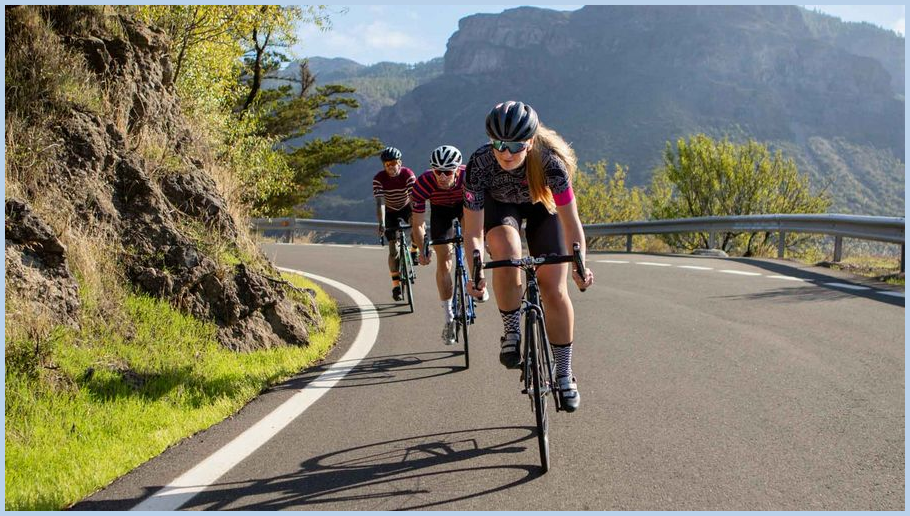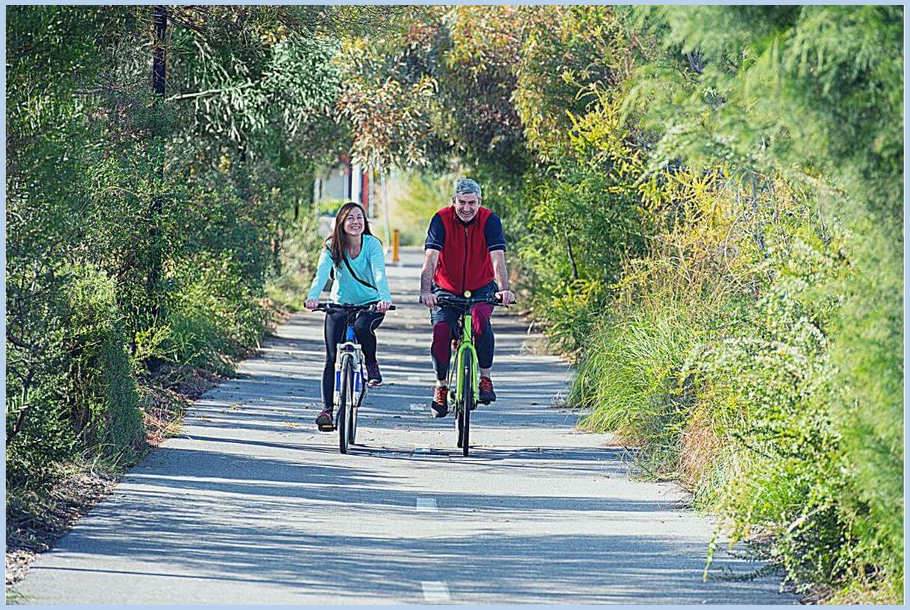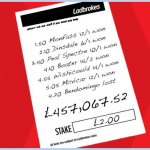The Tour de France is the pinnacle of professional road cycling races. As one of the oldest and most prestigious multi-stage races in the world, it has a rich history and tradition beloved by fans. Read on for 20 must-know Tour de France facts spanning general statistics, history, rider records, and more insider knowledge to deepen your appreciation of this iconic race.
Overview
The Tour de France began in 1903 as a promotional event for the newspaper L’Auto. Now in its second century, it has grown into a beloved international sporting event drawing about 12 million roadside spectators across France as nearly 200 riders race across 21 stages and 3,500 kilometers over 23 days each July.
While the Grand Départ changes yearly, the final stage always finishes along Paris’s famous Champs-Élysées. As the challenging route winds through picturesque French countryside and grueling mountain climbs, riders battle through fatigue and agony for a chance to wear the coveted maillot jaune (yellow jersey) awarded to the overall time leader.
General Statistics
● 21 stages across 23 days make up the route each year. The mix includes time trials, flat terrain, and mountain stages.
● 22 teams with 8 riders each participate, with the goal of getting their team leader in yellow.
● Riders wolf down ~126,000 calories over 3 weeks – that’s ~5-7k calories per day.
● Up to 12 million fans line the roads to watch a stage in person each year.
● Despite extensive anti-doping efforts, difficult doping controversies have persistently shadowed the Tour’s history.
Origins & Evolution
● 1903 – The inaugural edition kicked off the Tour de France. 60 riders raced 1,500 miles over 6 stages.

● 1910 – Epic mountain climbs entered the route for the first time.
● The iconic maillot jaune (yellow jersey) debuted in 1919
to better identify the overall race leader.
● The record for longest Tour distance, 5,745 km, came in 1926 for the event’s 20th anniversary.
● Alcohol and cigarettes were initially considered helpful "stimulants" until the 1960s!
Rider Records Over Time
● 5 riders share the record for most Tour wins
– Jacques Anquetil, Eddy Merckx, Bernard Hinault, Miguel Indurain, and Lance Armstrong (titles stripped).
● The youngest winner was 19 years old – Henri Cornet in 1904.
● The oldest was 36 years old – Firmin Lambot in 1922.
● 34 stage wins and 111 days in yellow make Eddy Merckx the winningest rider ever.
● French rider Sylvain Chavanel shares the record for most Tours started, at 18 from 2001-2018.
Inside the Numbers
● The smallest margin between the winner and runner up was a shocking 8 seconds in 1989.
● The fastest average speed to date came in 2005 – 41.7 km/hour.
● In 1919, just 10 riders managed to complete the punishing route.
● Top competitors average an astoundingly low 40 bpm resting heart rate thanks to their elite cardio conditioning.
Typical Tour Traditions
While innovation occurs, some classic traditions guide the event’s special atmosphere year after year for fans and riders alike:
● The yellow jersey identifies the GC leader, with other special jerseys awarding points & mountain leaders and top young rider.
● Fans lineup by the millions along the course to cheer raucous support and run alongside riders scaling steep peaks.

● The final stage finishes in a dramatic sprint along Paris’s iconic Champs-Élysées to wrap up 3 intense weeks.
● Each day’s stage winner earns the honor of a celebratory podium kiss from the delightful hostesses.
The Tour de France has come a long way since its origins as a newspaper publicity stunt back in 1903. Today fans worldwide eagerly tune in and travelers flock to France to experience the glory and agony faced by elite cyclists battling each summer for the honor of the maillot jaune. We hope these essential statistics and milestones have enhanced your insight into this legendary athletic endeavor!
Let’s continue by addressing some frequently asked questions:
FAQ
Q: How many Tour de France winners were stripped of their titles?
A: Four winners have had their titles stripped, most famously Lance Armstrong’s 7 consecutive wins from 1999-2005. Others include Floyd Landis in 2006, Alberto Contador in 2010, and Henri Garin in 1904.
Q: Who deserves the title of best Tour de France rider ever?
A: Based purely on statistics like most TDF wins (5) and stages claimed (34), days in yellow (111 days), Eddy Merckx has the strongest claim to this prestigious title. Of course, many could argue others deserve the honor when considering different factors.
Q: Do riders typically lose weight during the 3 weeks of the Tour?
A: No, the goal is actually to maintain optimal power and stamina by consuming enough calories daily to offset the extreme energy expenditure. Some minor weight loss may occur simply from the extreme distances covered.
Q: How does the Tour de France compare to other iconic multi-stage races?
A: Its long history, demanding course, worldwide viewership and large prize pool help cement its status as the most prestigious event in road cycling. Other famous multi-stage races emulate aspects of Le Tour but none yet match its overall gravitas.

Q: What does the overall Tour de France winner take home?
A: The total prize pool was €2.3 million in 2022. The victor won a €500,000 prize for the general classification. It’s common to share winnings with team members whose support was crucial to the victory.
We hope these answers have covered some of the most frequently asked questions about the epic Tour de France. Feel free to ask any other questions you may have! Now let’s look at some key conclusions.
Conclusions
As one of the most grueling and prestigious multi-stage professional cycling road races, the Tour de France holds a special place in sports history. Multiple records, controversies, traditions and inspiring victories blanket its rich past since the first race in 1903.
Key stats bear out the immense physical toll riders pay traveling over 3,500 kilometers through picturesque French terrain for a chance at donning the ultimate symbol of cycling glory – the maillot jaune. Achieving this Holy Grail of competitive cycling requires mental and physical preparation to withstand immense suffering paired with strategic calculation.
With origins intertwined with regional French culture yet followers worldwide, the multi-faceted Tour continues evolving yet fundamentals like chasing the General Classification persistent. Now an international phenomenon capped by a dash down Paris’s storied boulevard, we bet the founders likely never imagined the race growing into a spectacle today spanning sport, culture and entertainment on such a prominent global scale!

